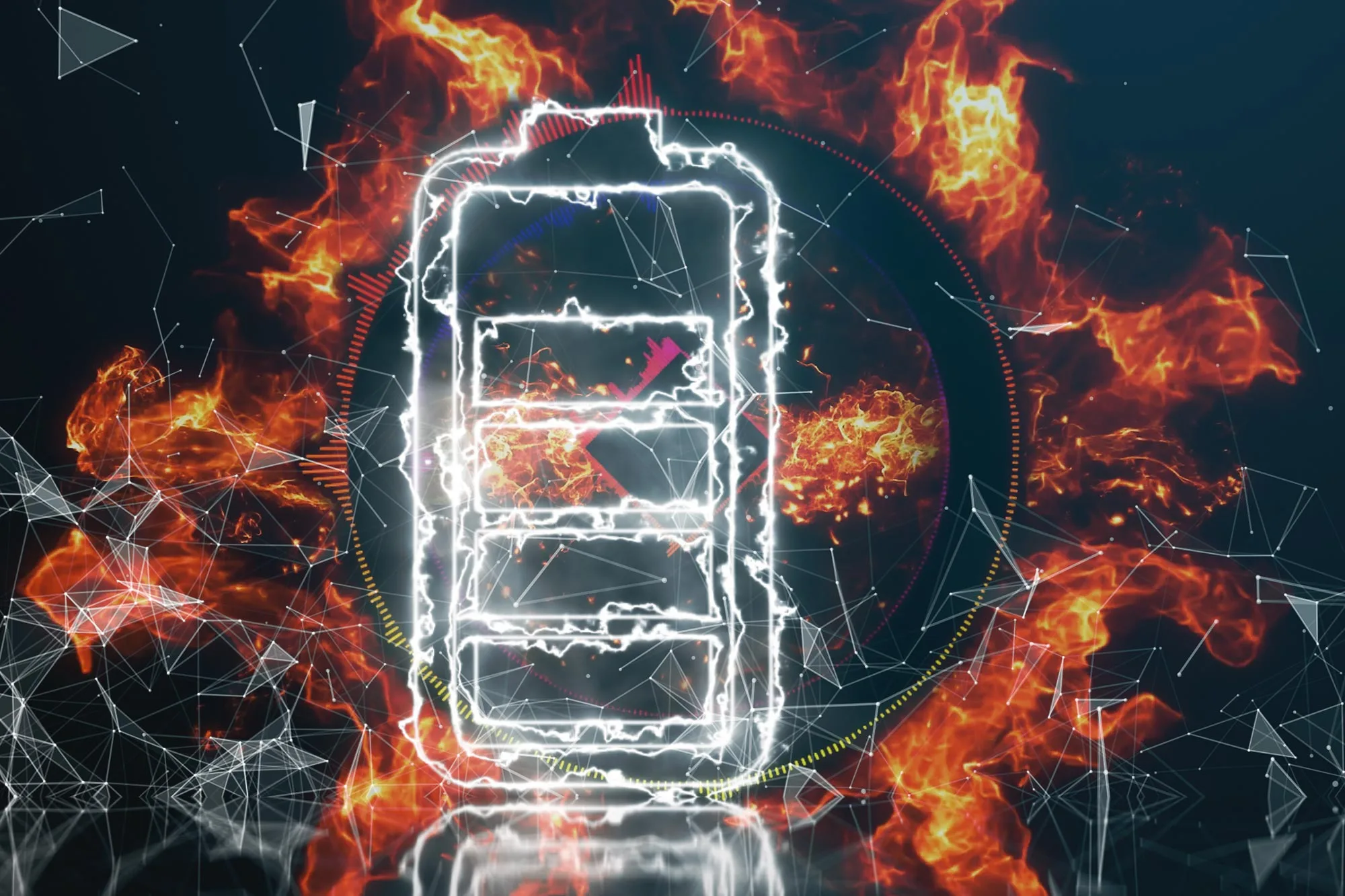WEB DESK, July 23(ABC): Researchers use a ferroelectric glass electrolyte within an electrochemical cell to create simple self-charging batteries.
A new type of battery combines negative capacitance and negative resistance within the same cell, allowing the cell to self-charge without losing energy, which has important implications for long-term storage and improved output power for batteries.
These batteries can be used in extremely low-frequency communications and in devices such as blinking lights, electronic beepers, voltage-controlled oscillators, inverters, switching power supplies, digital converters and function generators, and eventually for technologies related to modern computers.
In Applied Physics Reviews, from AIP Publishing, Helena Braga and colleagues at the University of Porto in Portugal and the University of Texas at Austin, report making their very simple battery with two different metals, as electrodes and a lithium or sodium glass electrolyte between them.
“The glass electrolyte we developed was lithium-rich, and so I thought that we could make a battery in which the electrolyte would feed both electrodes with lithium ions, on charge and discharge with no need for lithium metal,” said Braga.
This work is significant, because it unifies the theory behind all solid-state devices — such as batteries, capacitors, photovoltaics and transistors – where the different materials in electrical contact exhibit the properties of the combined material instead of those of the individual materials.

